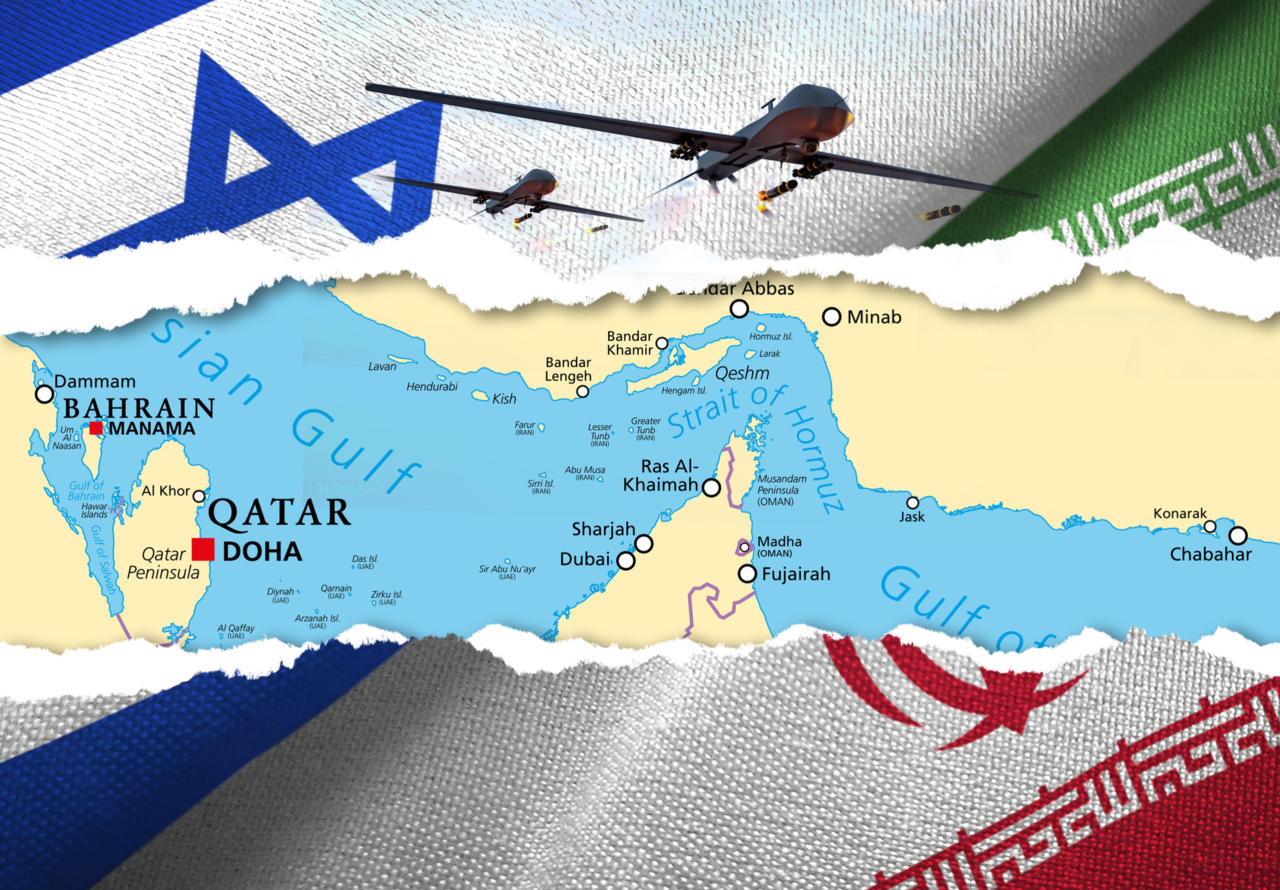Why the Strait of Hormuz is a Major Concern in June 2025
The Strait of Hormuz, a narrow waterway between Iran and Oman connecting the Persian Gulf to the Gulf of Oman, has re-emerged as a critical flashpoint for global energy markets and the world economy in June 2025. Handling roughly 26-30% of the world’s oil trade—approximately 21 million barrels per day (bpd) of crude oil, condensate, and petroleum products, plus 20% of global liquefied natural gas (LNG)—the strait is the world’s most vital oil chokepoint. Recent geopolitical developments, particularly escalating tensions between Israel and Iran, have heightened fears of disruptions, driving concerns about oil price spikes and economic fallout.
Key Drivers of Concern
- Israel-Iran Conflict Escalation: On June 12, 2025, Israel conducted military strikes on Iranian nuclear facilities, prompting Iran to threaten retaliatory actions, including potential interference with shipping in the Strait of Hormuz. Iran’s naval commander has stated the country’s capability to blockade the strait if ordered, a move that could halt oil exports from major producers like Saudi Arabia, Kuwait, Iraq, and the UAE, which rely on the strait for 100% of their crude exports. Such a disruption could cut off 14-21 million bpd, potentially doubling oil prices to $150-$350 per barrel, surpassing the 2008 record of $150/bbl.
- Iran’s Strategic Leverage: Iran, a significant oil producer exporting 1.7 million bpd primarily to China, controls the northern side of the strait. While Iran has historically avoided closing the strait due to its own reliance on oil exports, its threats to disrupt shipping—evidenced by past incidents like the 2019 tanker attacks and 2023 seizures—raise fears of retaliatory blockades or attacks on regional energy infrastructure. These actions could also target Saudi or UAE facilities, as seen in Iran’s 2019 attack on Saudi oil fields.
- Global Economic Implications: A blockade or significant disruption in the Strait of Hormuz would have catastrophic effects. Analysts estimate Brent crude could spike to $350/bbl in a worst-case scenario, causing a global economic downturn. Emerging markets, heavily reliant on energy imports, would face severe inflation pressures, forcing central banks to tighten monetary policy. Supply chain disruptions, higher shipping costs, and increased insurance premiums could further strain global trade, particularly impacting Asia, where 67-82% of Hormuz oil flows to countries like China, India, Japan, and South Korea. Europe, dependent on 20% of global LNG via the strait, would also face energy price shocks.
- Limited Alternatives: Unlike other chokepoints, the Strait of Hormuz has few viable bypass options. Saudi Arabia’s East-West Pipeline (5-7 million bpd capacity) and the UAE’s Habshan-Fujairah Pipeline (1.5 million bpd) offer some relief, but their combined 3.5-8.5 million bpd capacity cannot offset a full closure. The lack of alternatives amplifies the strait’s strategic importance and the potential for price volatility.
- Market Complacency and Risk Premium: Despite recent oil price surges—Brent crude hit $75/bbl on June 13, 2025, following Israel’s strikes—analysts argue markets remain complacent, with low open interest in high-strike oil options ($100/bbl). However, a sustained closure could rapidly shift sentiment, embedding a significant risk premium. Posts on X reflect growing alarm, with some users warning of prices doubling to $150+ if Iran acts on its threats.
Mitigating Factors
While the risks are severe, several factors temper the likelihood of a full blockade:
- OPEC+ Spare Capacity: Saudi Arabia, the UAE, and Kuwait hold over 5 million bpd in spare capacity, which could offset minor disruptions, such as a loss of Iran’s 3.2 million bpd output.
- U.S. Military Presence: The U.S. Fifth Fleet, based in Bahrain, is positioned to counter any Iranian attempts to close the strait, though such action could escalate the conflict.
- Iran’s Economic Constraints: Blocking the strait would cut off Iran’s own oil exports, which account for half its government spending, making a prolonged closure unlikely.
- Diplomatic Efforts: Qatar-hosted talks between Gulf states and Iran signal attempts to de-escalate, though Trump’s “maximum pressure” sanctions and Israel’s actions complicate negotiations.
June 2025 Outlook
The Strait of Hormuz remains a high-stakes focal point. A full closure is considered low-probability due to Iran’s economic reliance on the strait and U.S. military deterrence, but even partial disruptions—such as shipper reluctance or insurance spikes—could push Brent crude above $100/bbl. S&P Global Ratings projects an average of $75/bbl for 2025, but a prolonged conflict could see prices average $78-$80/bbl in Q3. Investors should watch for developments in Israel-Iran tensions, U.S. sanction enforcement, and Asian demand signals, particularly from China, where weakening consumption and electric vehicle adoption may soften long-term price pressures. Gold, as noted in the May 2025 overview, could also benefit from safe-haven demand if oil-driven inflation fears intensify.
Conclusion
The Strait of Hormuz’s critical role in global oil and LNG flows makes it a linchpin for economic stability. Heightened geopolitical risks in June 2025, driven by Israel-Iran hostilities and U.S. policy shifts, underscore its potential to disrupt markets. While spare capacity and military deterrence provide some buffer, any significant interference could trigger unprecedented oil price spikes, threatening inflation, supply chains, and global growth. Close monitoring of diplomatic and military developments is essential for anticipating market impacts.
